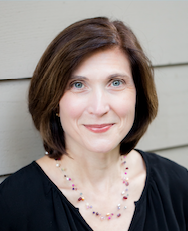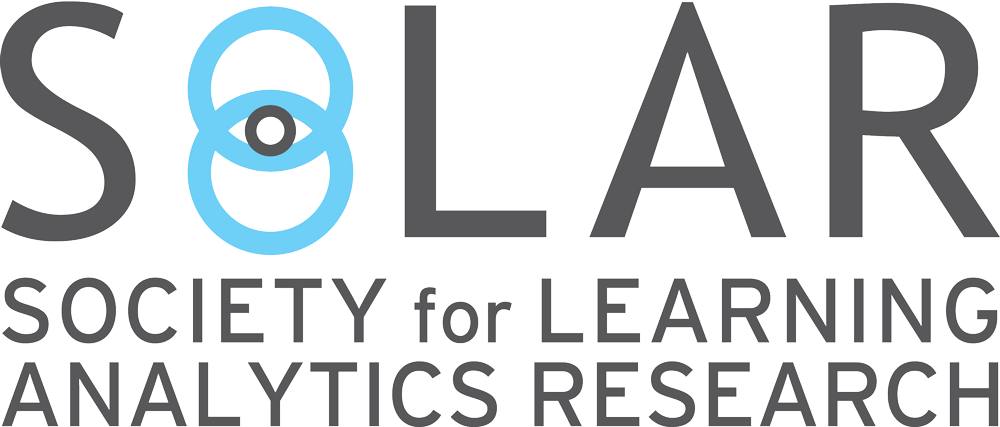CIRCLS meet NEXUS! Exploring Learning Analytics, AIED & Inclusion
September 5, 2021
Keywords: AI in Education, Broadening, Diversity, Inclusion, learning analytics, Visualization
Target readers: Researchers

Author: Judi Fusco
Position: Senior Research Scientist Digital Promise and CIRCLS Co-PI.
Dr.Fusco has spent much of her career working to help close the gap between teachers and researchers and wants to ensure that educator voices are involved in the creation of emerging technologies for teaching and learning. Early in her career, she helped co-found and direct the community development of Tapped In, one of the first online communities for education professionals.
Follow Judi on Twitter: EducatorCIRCLS and circls_org

Image by RhondaK on Unsplash
CIRCLS meet NEXUS! Exploring Learning Analytics, AIED & Inclusion
A nexus is a collection of interconnected ideas. The Nexus blog from the Society for Learning Analytics Research (SoLAR) shares practical developments in Learning Analytics with a broad audience. Now we’re forging new links: in this first post in a three-part shared series between NEXUS and the Center for Integrative Research in Computing and Learning Sciences or CIRCLS, we will learn more about CIRCLS and describe ways the two communities can synergize. This post is cross-posted on the CIRCLS website at Educator CIRCLS.
Who We Are and What We Do
CIRCLS is a National Science Foundation funded hub that works to bring together a community of researchers, practitioners in K12 and informal settings, higher education faculty, technology developers, and graduate students, who are researching, developing, or working with emerging technologies for teaching and learning. Learning Analytics has played and continues to play a prominent and important role in projects with these future oriented technologies.
CIRCLS works to bring researchers together to address common needs, plan for the future, and create broader impact as they work to support personal-, community-, and context-centered needs with emerging technologies for learning. In our work, advancing equity is a core goal. In addition, CIRCLS helps to amplify work on emerging technologies for teaching and learning to policymakers, practitioners, and interested stakeholders. We’ve included a link to a 3-minute video to share more about how CIRCLS works to Build Community to Shape Emerging Technologies.
History and Mission
CIRCLS is a new center with a long history that is grounded with the work done in the Center for Innovative Research on Cyberlearning, which started in 2013. CIRCL supported the Cyberlearning program area at NSF, which preceded the Research on Emerging Technologies for Teaching and Learning (RETTL) program. CIRCLS is the new center supporting the RETTL program. First CIRCL, and now CIRCLS, shares reports about work that influenced the field. The projects involve ambitious designs for more equitable learning experiences with emerging technology.
Another characteristic of the projects is how they work to develop learning theories and technologies that are likely to become important to the field within 5-10 years. We see how CIRCLS projects often overlap with the research being done in SOLAR and that there are many members who are active in both communities. Artificial Intelligence (AI) is a growing area and Learning Analytics is integral when thinking about AI and how it could augment learning.
In our work to bridge the gap between research and classroom practice, we involve practitioners through Educator CIRCLS and also think about policy needs for emerging technologies, specifically AI. We also have special programming for graduate students and new scholars in our Emerging Scholars expertise exchange. If interested in any of these communities, SoLAR members are welcome to visit our website, read more, and join.
Remaking “Broadening”
When you hear the term “broadening” (or for our non-US readers, perhaps “inclusion” is more familiar) — what do you think? Our upcoming virtual convening will focus on building an understanding of how the field can make stronger progress by examining and remaking “broad.” How can this familiar word become more meaningful and specific, leading to greater intellectual merit and impacts? How can broadening address who we involve in research, where we conduct research, what we research, why we do the research, and how we do research?
The theme “Remake Broadening” challenges our community to learn and engage in innovative ways to make positive changes in education.Through roundtable discussions, breakout sessions, plenaries, and more, we will reflect and consider next steps and recommendations for the field. Our keynote speakers Nicki Washington and Craig Watkins will offer insights as to how we can further our work to nurture inclusive communities and how we must move forward to “broaden” multiple aspects of the field. Some of the topics the community will explore include:
- Learning Analytics and Data Visualization: Broadening our View
- AI and Education Policy
- Equity and Ethics Considerations for Teaching and Learning with AI
- Using the Learning Sciences and Computational Approaches to develop Assessments and Intelligent Tutoring Systems
- Towards Equity, Accessibility, & Inclusion
Cynthia D’Angelo, Chad Dorsey and Tiffany Barnes, the facilitators for the Learning Analytics and Data Visualization: Broadening our View session, give us a preview:
“For example, as we think about learning analytics and broadening our view, the production and application of learning analytics has extensive implications for education choices both now and in the future. While learning analytics can be used in many ways to improve learning, we must be aware of the more subtle consequences of its use in order to ensure that they are oriented toward the most positive ends possible. We make many choices and assumptions (sometimes implicitly) at many stages of research, including question selection, data collection, data processing, analysis, and presentation. These choices frequently have equity implications, often in subtle ways.”
If this sounds interesting, we hope you’ll register for CIRCLS’21 and join us in thinking about these and other issues.
In our second post, we’ll share more about the sessions focused on bringing learning sciences and computer sciences together as we think about broadening in research on emerging technologies for teaching and learning.
